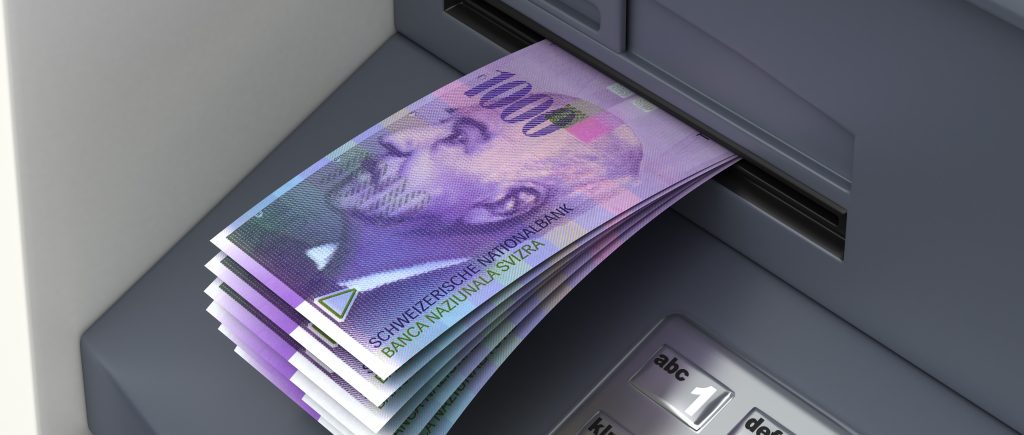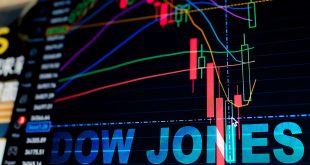A Breakthrough Trade Deal Sparks Optimism
The US dollar has gained significant ground against the Swiss Franc, fueled by a landmark trade agreement between the United States and the European Union, finalized on July 27, 2025. This deal, struck during a meeting between US President Donald Trump and European Commission President Ursula von der Leyen in Scotland, has eased fears of a transatlantic trade war, boosting investor confidence and driving a rally in the greenback. The agreement imposes a 15% tariff on most EU exports to the US, a sharp reduction from the threatened 30%, while securing $750 billion in EU purchases of US energy and $600 billion in investments across American industries like clean energy and defense. This development has shifted market dynamics, with the US dollar capitalizing on renewed risk appetite and reduced demand for safe-haven currencies like the Swiss Franc.
The USD/CHF currency pair surged nearly 1% on July 28, 2025, marking its strongest daily gain in over a week, trading around 0.8034 by the close of the American session. The US Dollar Index, which measures the greenback against a basket of major currencies, climbed to 98.70, its highest in nearly two weeks. This rally reflects broad demand for the dollar, driven by the trade deal’s promise of economic stability and the expectation that the Federal Reserve will maintain its benchmark interest rate at 4.25%-4.50% during its July 29-30 meeting. Investors are optimistic about the US economy’s resilience, especially as the deal mitigates tariff-related inflation fears, which had previously weighed on markets. However, some analysts caution that higher tariffs could still raise costs for US consumers, particularly in sectors like manufacturing, where raw materials like steel and aluminum face up to 50% duties.
Swiss Franc Weakens as Safe-Haven Appeal Fades
The Swiss Franc, traditionally a safe-haven currency, has lost ground as global risk sentiment improves. The US-EU trade agreement has reduced uncertainty, prompting investors to shift away from safe-haven assets toward riskier investments. The Swiss National Bank’s dovish stance, having cut rates twice in 2025 and hinting at a potential return to negative interest rates, further weakens the Franc. This policy divergence—contrasting with the Federal Reserve’s steady rates—widens the yield gap between US and Swiss assets, making the dollar more attractive. The Swiss economy, while robust with high per-capita GDP, relies heavily on exports, and the stronger dollar could pressure Swiss exporters, particularly in precision manufacturing and pharmaceuticals, which compete in the US market.
Mixed Reactions in Europe Highlight Risks
While the US-EU deal has calmed markets, it has sparked sharp criticism across Europe, where some leaders view it as favoring American interests. The 15% tariff, though lower than feared, is triple the current 4.8% average, potentially straining European exporters, especially in the automotive and pharmaceutical sectors. French officials have called it a “dark day,” warning of economic disadvantages, while German and Italian leaders cautiously welcomed the deal for averting a worse outcome. The agreement’s lack of detailed provisions, particularly on sensitive sectors like steel and pharmaceuticals, leaves room for future disputes. Investors are also eyeing ongoing US-China trade talks in Stockholm, as their outcome could further influence currency markets and global trade dynamics.
Looking Ahead: Fed and Global Trade in Focus
As markets digest the US-EU deal, attention now turns to the Federal Reserve’s upcoming decision and comments from Chair Jerome Powell on July 30. With a 69% probability of a 25-basis-point rate cut in September, investors are parsing signals about future monetary policy amid a resilient US economy with 3.2% inflation and 4.2% unemployment. The Swiss National Bank’s dovish outlook contrasts sharply, potentially keeping the USD/CHF pair elevated. Upcoming US data, including GDP and nonfarm payrolls, alongside corporate earnings from tech giants, will further shape market sentiment. While the trade deal has eased immediate tensions, unresolved issues and the looming August 1 deadline for other trade agreements suggest volatility may persist, keeping the dollar’s trajectory in the spotlight.
 Noor Trends News, Technical Analysis, Educational Tools and Recommendations
Noor Trends News, Technical Analysis, Educational Tools and Recommendations





